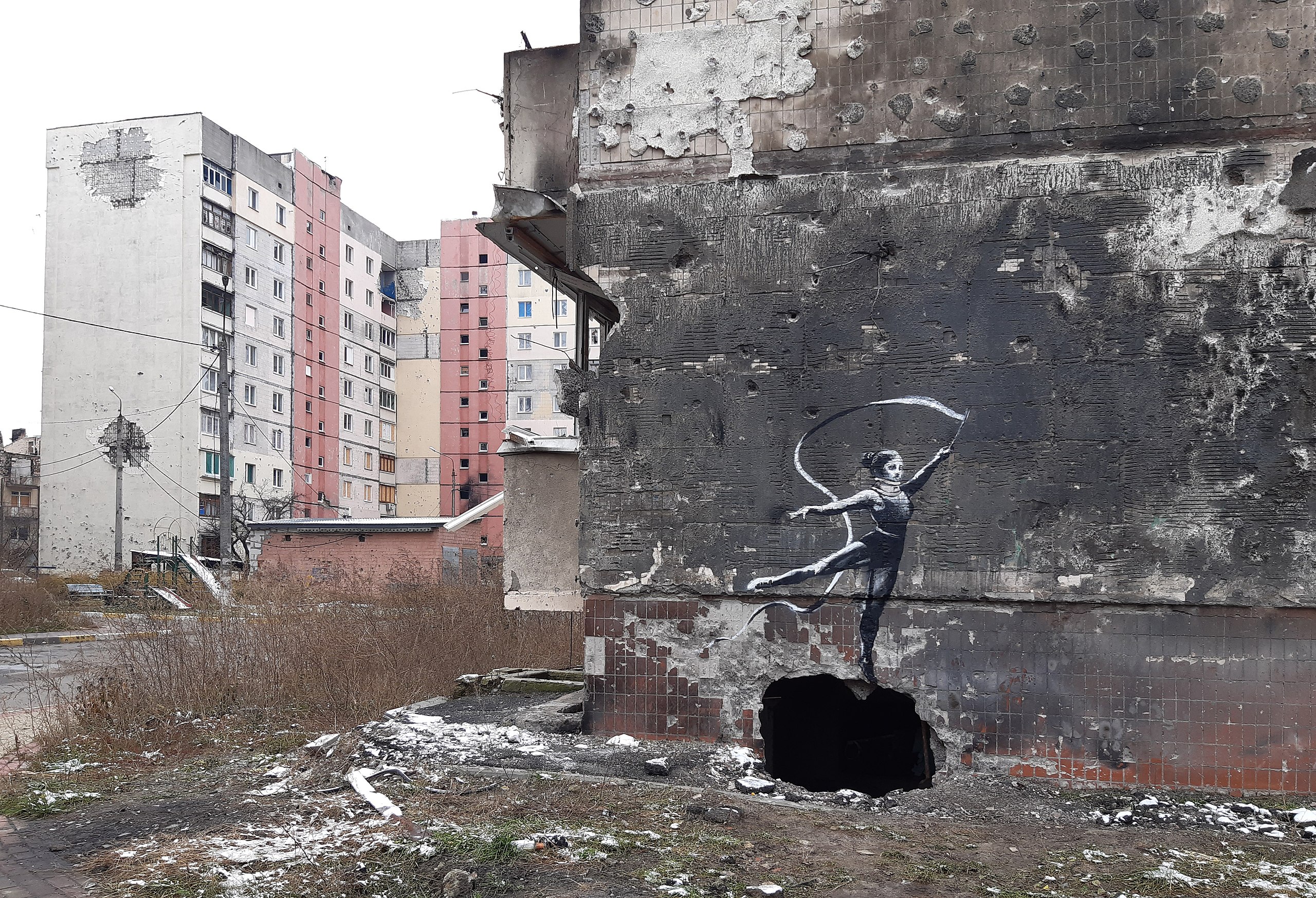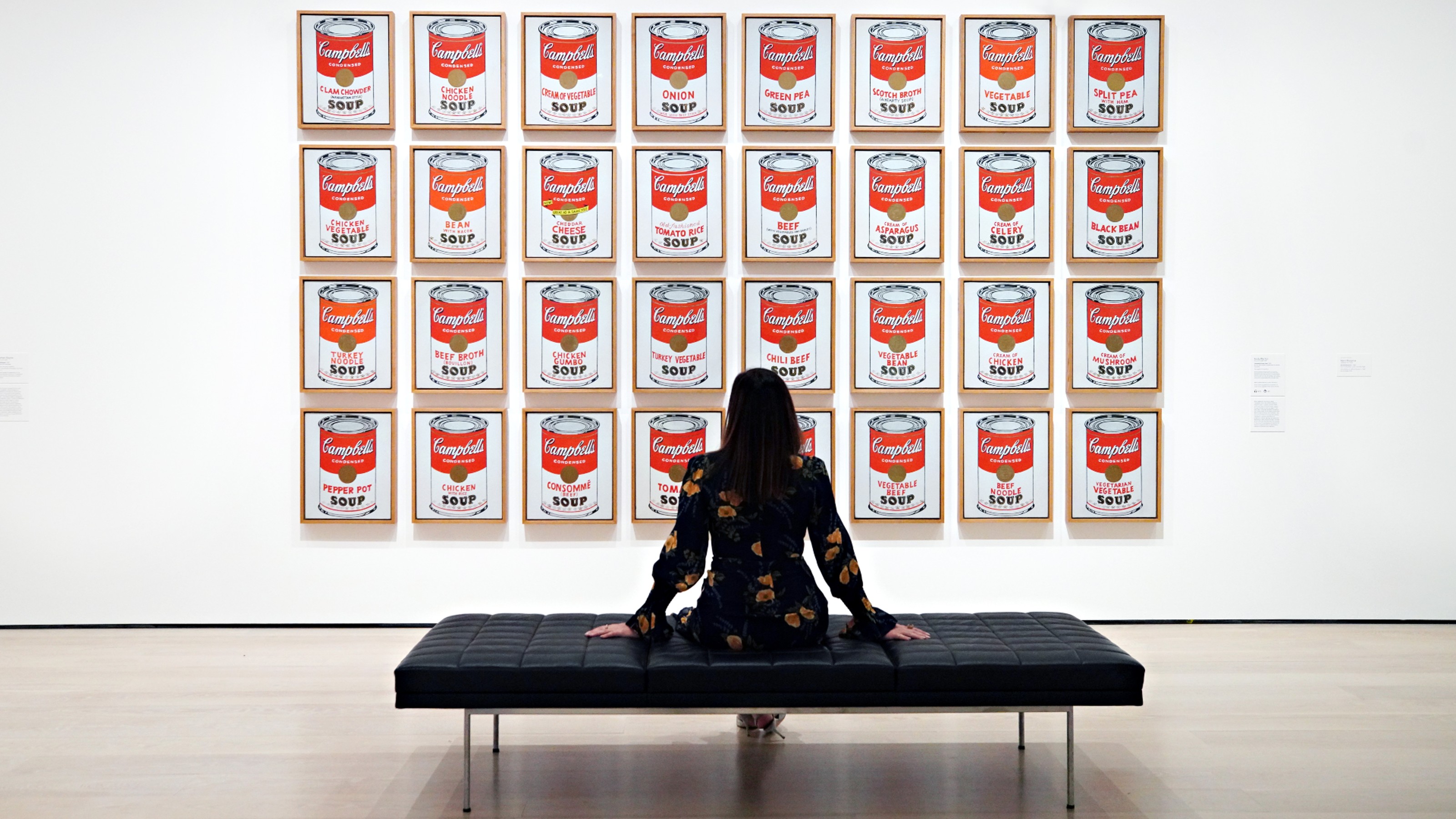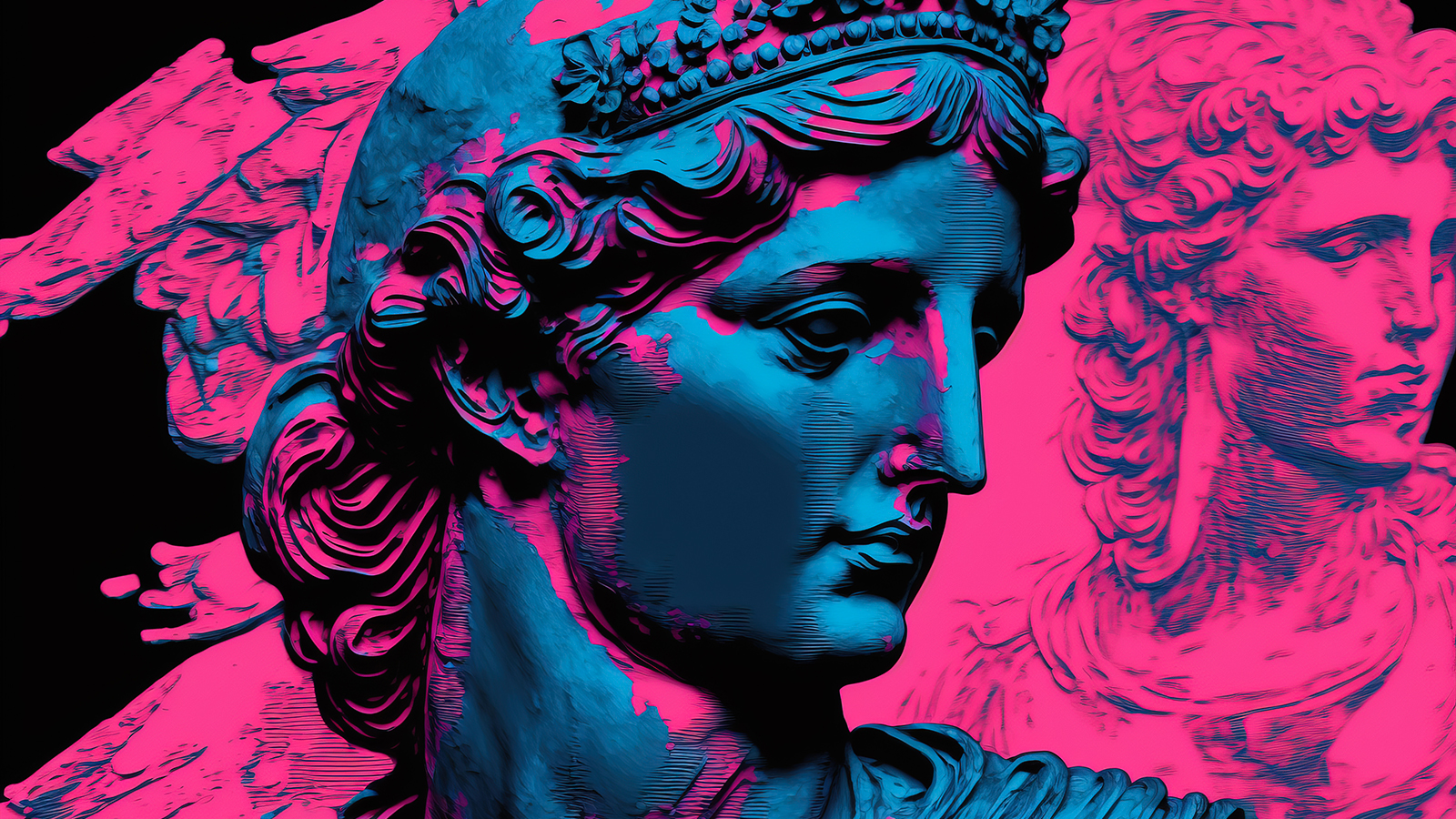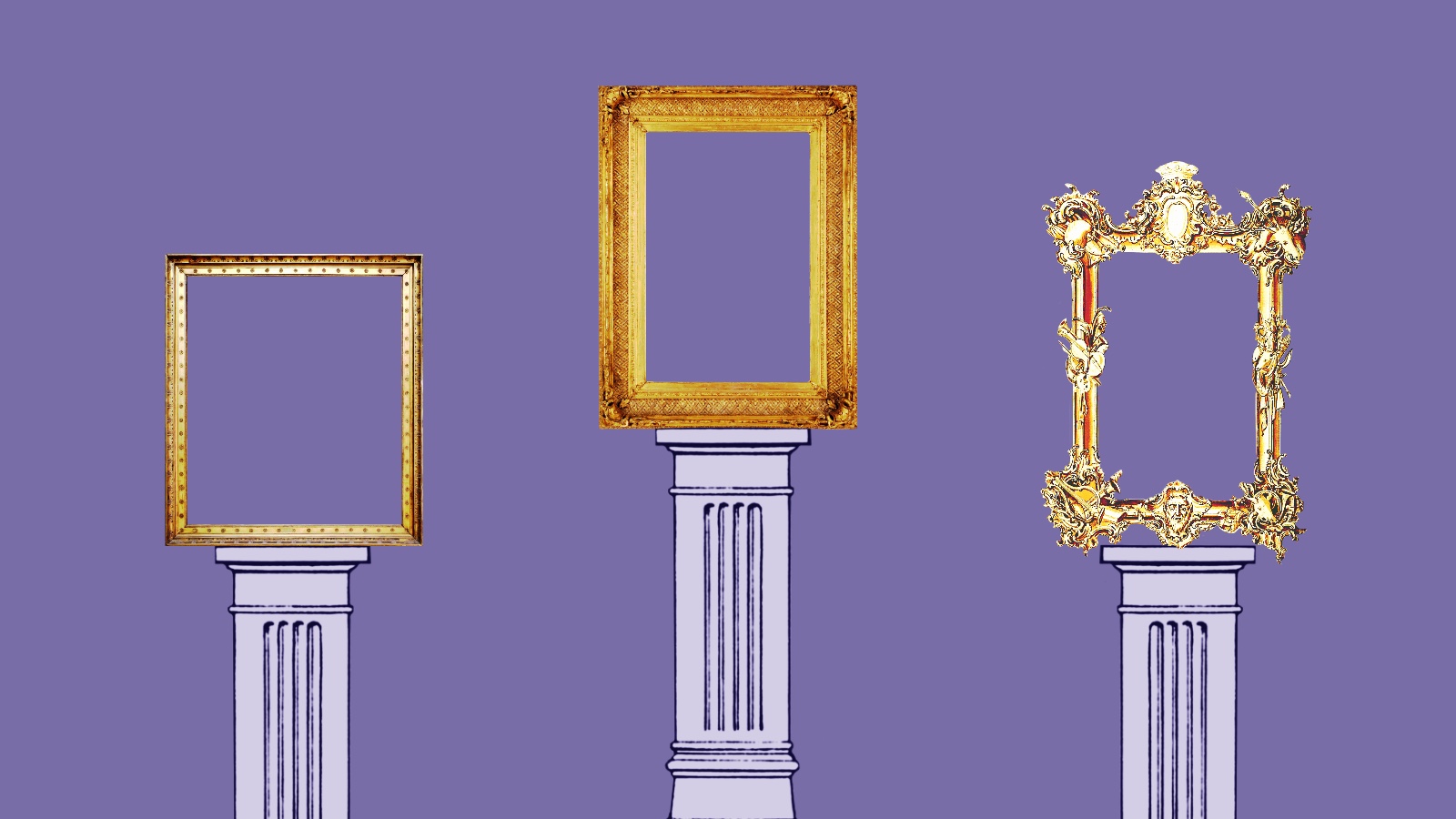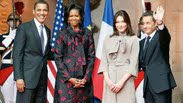Why Andy Warhol Still Makes Headlines

Even before Occupy Wall Street invaded the National Mall in Washington, DC, and closed down the National Air and Space Museum, Andy Warhol had already occupied several other museums for the winter. In Warhol: Headlines, which runs through January 2, 2012 at the National Gallery of Art, and Andy Warhol: Shadows, at the Smithsonian’s Hirshhorn Museum and Sculpture Garden through January 15, 2012, American culture’s preoccupation with Warhol and how he not only continues to make headlines, but also to tell us what those headlines really mean continues. Stretching back to work done in the mid-1950s, Warhol: Headlines reminds us that the news of the past looks startlingly like the news of the present and that Warhol warned us long ago how the headlines that “get us” might eventually “get us” in a different way.
Warhol hungrily consumed media all his life, sometimes even storing newspapers into “Time Capsules” for future reference. When Warhol first began to make art related to newspapers and newspaper headlines, he would mimic actual front-page news but insert himself and his friends into the stories. Over time, however, Warhol and friends disappeared from the art, but “Warhol” the brand became more evident in his shift to a stylistic presence over one in “print.” As Molly Donovan explains in the immensely enjoyable catalog, “Warhol’s headline works—from paintings and drawings to prints, photographs, sculpture, and time-based media—reveal an artist managing to be everywhere and nowhere at the same time.”
Donovan tracks Warhol’s transition from being self-inserted into the headline to being hidden behind as a parallel development to Warhol’s Pop Art renditions of commercial products such as the Campbell’s Soup cans or Brillo boxes. For Donovan, Warhol “point[s] to the commodity status of the news and to our status as its consumers” in his later headline works. The news becomes just another item to buy, and just as emptily disposable. As innocuous or harmless as Warhol’s headlines might seem, there is a dark side that the catalog essayists explore. Donovan masterfully explains the paradox of the headline for Warhol: the sensationalism draws us in, yet the untruthfulness (or as Stephen Colbert would call it, the “truthiness”) simultaneously repels us. Even worse, as Anthony E. Grudin discusses in the catalog, the myth of the headline as democratic, as something anyone can attain and something anyone can participate in, falls prey to “a working-class suspicion that the world of popular culture, despite its promises to the contrary, was being channeled to [the masses] unilaterally, without the possibility of the consumers ever really participating in its production.” In other words, people don’t make the headlines, the headlines make people.
One set of headlines that fascinated Warhol for decades surrounded the assassination of President John F. Kennedy in 1963. Warhol even made a film in 1966 titled Since in which he recreated the shooting in Dallas in his Factory using his “superstars” to act out still from the partially released Zapruder film. In 1968, Warhol created a whole portfolio of screenprints titled Flash – November 22, 1963 (example shown above) featuring images from the shooting accompanied by Teletype news text giving the news “flashes” as they aired that fateful day. John G. Hanhardt sees this as Warhol’s exploration of “the uncanny ways that news events and popular culture become larger-than-life forces in people’s lives, with the headlines serving to highlight those events.” If you’ve ever found yourself caught up in the minutiae of an “O.J. trial”-esque news happening, Warhol’s already been there, and done that, and held up a mirror to your face.
It’s amazingly appropriate that the Occupy movement is making headlines just as Warhol: Headlines occupies the NGA. The movement believes that new headlines—made by the people and not the financial and political powers that be—are called for. (Even Andy Warhol: Shadows, 102 silkscreened and hand-painted canvases featuring distorted photographs of shadows generated in the artist’s studio hung side by side for almost 450 linear feet, seems an apt metaphor for the shadow world of dubious securities, etc., that got us all in this mess.) For all the darkness of Warhol’s exploration of headlines, however, “which warn of inevitable fate,” Donovan concludes, they also “heroically affirm life.” Andy Warhol still makes headlines, and you should, too.
[Image:Andy Warhol. Flash – November 22, 1963, 1968. Portfolio of eleven screenprints with eleven corresponding pages of Teletype text by Phillip Greer, plus three additional screenprints and cloth cover. Sheet: 53.34 x 53.34 cm (21 x 21 in.). Overall size: 54.61 x 53.98 cm (21 1/2 x 21 1/4 in.). Other: 57.15 x 113.67 cm (22 1/2 x 44 3/4 in.). National Portrait Gallery, Smithsonian Institution. © 2011 The Andy Warhol Foundation for the Visual Arts, Inc. / Artists Rights Society (ARS), New York.]
[Many thanks to the National Gallery of Art, Washington, DC, for providing me with the image above, press materials, and a review copy of the catalog to Warhol: Headlines, which runs through January 2, 2012.]
